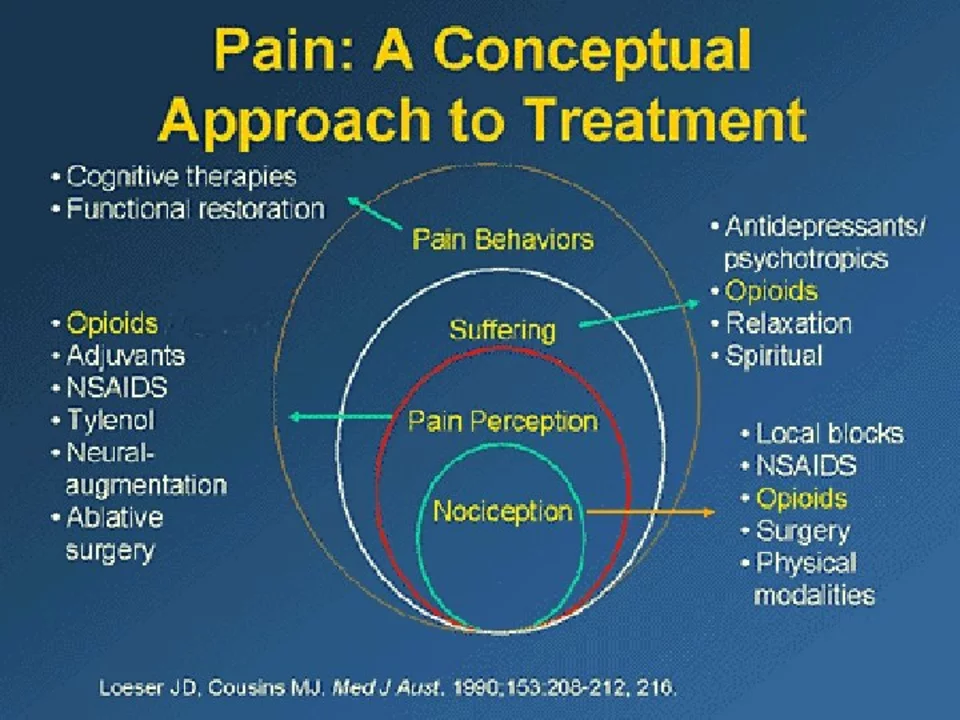Pain Management: Practical Steps You Can Use Today
Pain is useful — it tells you something's wrong — but living with it gets old fast. Want clear, practical ways to feel better without guesswork? Below are proven, simple steps to manage pain at home and know when to get medical help.
Quick medication guide
For most mild-to-moderate pain, start with over-the-counter options: paracetamol (acetaminophen) or an NSAID like ibuprofen. They work differently — paracetamol mainly reduces pain and fever, ibuprofen reduces inflammation too. We have a detailed breakdown in our "Paracetamol vs Ibuprofen" article if you want the science.
If you take blood thinners such as warfarin (Coumadin), ask your doctor before using NSAIDs; they can raise bleeding risk. The same goes for mixing prescription meds — always check interactions. For nerve pain, some antidepressants or anticonvulsants can help; Duloxetine and other options are discussed in related articles on this site.
Avoid popping stronger opioids unless prescribed. They help short-term for severe pain but bring risks like dependence and side effects. If someone offers leftover pills or online deals that seem cheap, don’t use them without a doctor’s okay.
Non-drug strategies that actually work
Physical activity matters. Gentle movement, stretching, or a focused PT program reduces pain for many conditions. You don’t need intense workouts — small daily habits (walk 20 minutes, stretch after sitting) make a difference.
Heat and cold are cheap helpers: use an ice pack for new injuries and swelling, and a warm pack for tight muscles or chronic aches. Topical creams with menthol or NSAID gels can numb local pain without systemic side effects.
Sleep, stress, and mood affect pain more than people expect. Poor sleep makes pain worse; improving sleep habits is a legitimate part of treatment. Psychological tools — simple breathing, pacing activity, and setting realistic goals — reduce the daily burden of chronic pain.
If an underlying condition causes pain (arthritic joints, migraines, gout, or psoriatic arthritis), treat that condition, not just the symptom. Our posts on psoriatic arthritis, gout treatments, and migraine meds (including flunarizine) cover targeted options and what to expect from each therapy.
When should you see a doctor? Visit urgent care or your GP if pain is sudden and severe, gets worse quickly, comes with fever, numbness, weakness, or loss of bladder/bowel control. For long-term pain, ask for a structured plan: diagnosis, imaging if needed, a rehab program, and safe medication choices.
Final practical tip: keep a simple pain diary for a week — note triggers, meds taken, sleep, and activity. That short log helps your clinician prescribe smarter, faster. If you want more, check our related guides on medication choices and safer online pharmacies for dependable refills.
As a blogger, I recently came across an interesting topic on Methocarbamol and its role in post-operative pain management. Methocarbamol is a muscle relaxant that helps alleviate muscle spasms and pain, making it a useful option for patients recovering from surgery. In my research, I found that this medication can be taken orally or intravenously, depending on the patient's needs and the severity of their pain. It is crucial for patients to discuss this option with their healthcare provider, as Methocarbamol may have potential side effects or interact with other medications they are taking. Overall, Methocarbamol can be an effective tool for managing post-operative pain and promoting a smoother recovery process.

